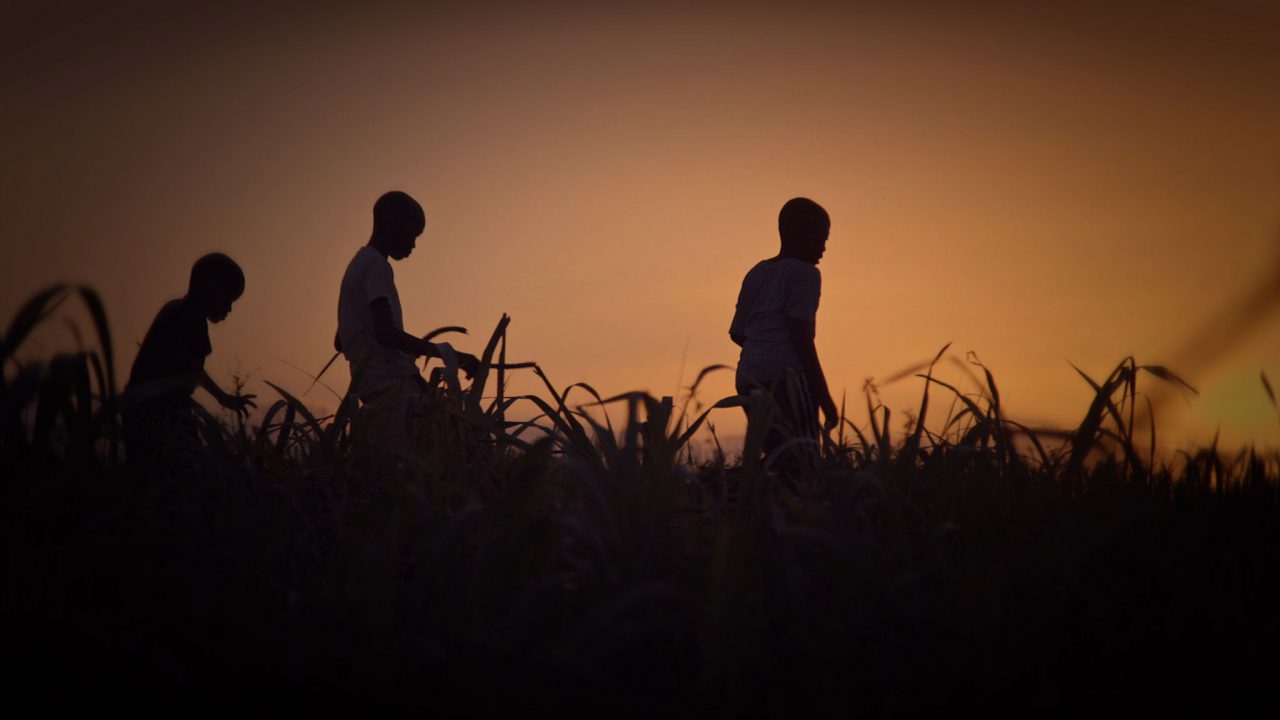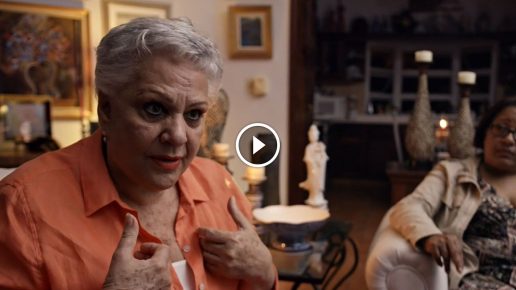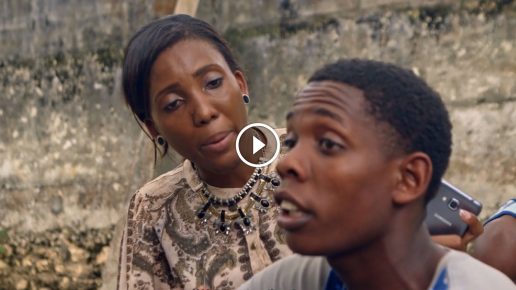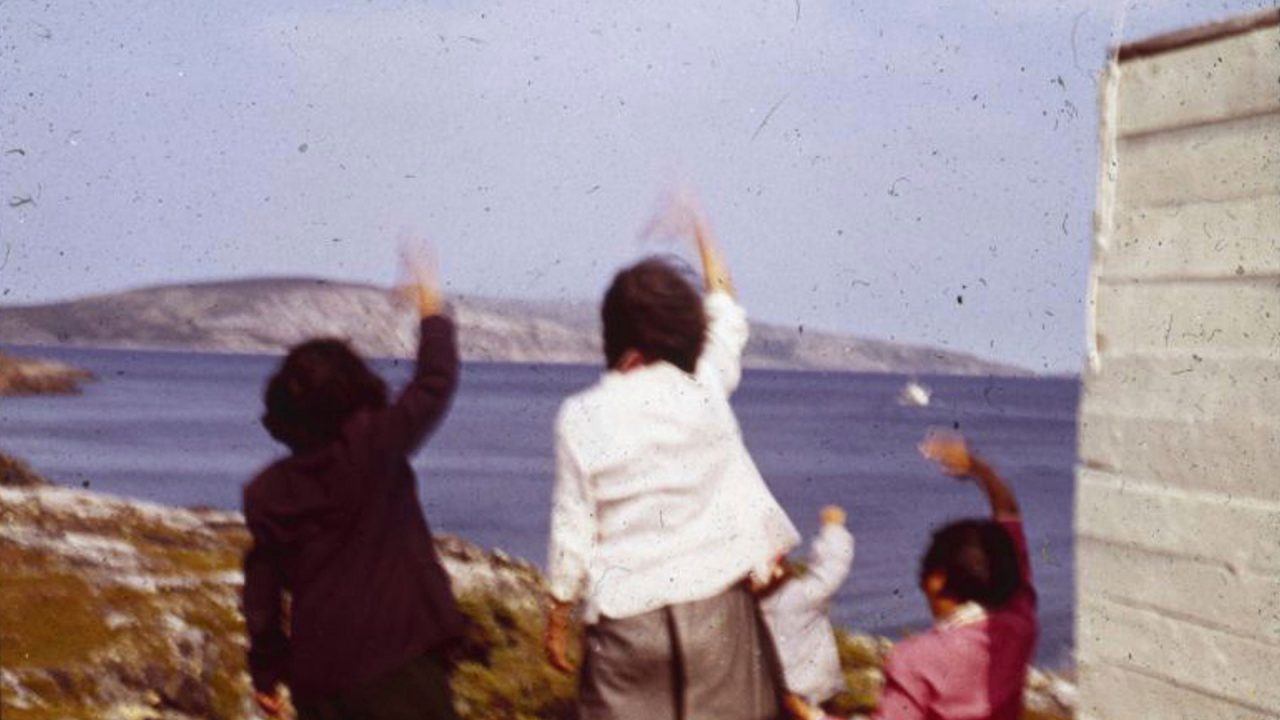
Mini-Lesson for Stateless
Mini-Lesson for Stateless
Mini-Lesson for Stateless
School Subjects:
- Citizen Responsibilities
- Civil Rights and Freedoms
- Law
- Social History
- Human Rights
Ages: 15-17
Stateless, Michèle Stephenson, provided by the National Film Board of Canada
Keywords/Topics: Statelessness, Nationalism, Anti-Black Racism, Institutional Racism, Systemic Racism, Prejudice, Migrant, Immigrant, Changemakers, Genocide, Latin America, Caribbean, Haiti, Dominican Republic, Immigration, Spanish Language
Guiding Question: What kind of responsibility do we have to fight anti-Blackness?
Education Synopsis: Stateless is a documentary that follows lawyer and community leader Rosa Iris’s fight against an unjust law that stripped Dominicans of Haitian descent of their citizenship, retroactive to 1929, in 2013. Iris risks the lives of her loved ones, as well as her own, as she campaigns in the Dominican federal election. Standing firmly by her beliefs in equality, she hopes to achieve victory by promising Dominican-born children of Haitian migrants that she will fight to uphold their citizenship. Demonstrating her love and good intentions, she sets out on a journey on which she will face many challenges.
ACTIVITY 1: WATCH AND DISCUSS
In this activity, students explore what it means to be stateless and how anti-Black racism is present in government institutions and society.
Before showing the first clip, which examines the term “stateless,” use the following questions to help students empathize with Dominicans of Haitian descent who are being stripped of their citizenship:
- How would it feel to not have a place to call home?
- How would it feel if you were unwanted in your own home?
- How would it feel if you thought you didn’t belong anywhere?
Watch the full clip by logging onto CAMPUS using the timecode: 05:20-10:38.
After watching the first clip, discuss with students what it means to be stateless and what physical, emotional and financial problems one might encounter without having a state to call home.
In the second half of the clip, students learn that the loss of citizenship and bureaucratic violence have to do with institutionalized anti-Black racism. Discuss with students what institutional anti-Black racism and bureaucratic violence are.
Later on in the film, the president of the Dominican Republic makes a speech attempting to disprove the presence of anti-Black racism. As a class, create criteria for what defines anti-Black racism. Have students examine this primary source and determine whether the evidence provided by the president proves that there is no anti-Black racism in the Dominican Republic.
“How can the Dominican Republic be a racist country when more than 80 percent of our population is made up of Blacks and mulattos? How can Dominicans be accused of being racist toward Haitians when they live and coexist with us everywhere in our country?”
You may also wish to inform the students that most Dominicans are of African ancestry, but refuse to acknowledge it. Why might this be?
For further details on the issue, and examples of both past and current racism directed at Dominicans of Haitian descent, see:
pbs.org/newshour/show/citizenship-shift-leaves-dominican-haitians-stateless
GO DEEPER: Encourage students to think of examples of institutional racism and anti-Black racism that they have experienced, seen or heard of within Canada or around the world, both past and present. Have students reflect on the following question: Do you feel fully protected and recognized as a Canadian citizen?
ACTIVITY 2: THINK-PAIR-SHARE
In this clip, students will hear another speech from President Danilo Medina and meet Gladys Feliz and other members of the Nationalist Movement in the Dominican Republic. Students will begin by exploring the term nationalism. Sometimes, nationalism can be a way of bringing people together for a common good. However, this often leads to some people being excluded from the common good.

Have students Think-Pair-Share their answers to the following questions:
- Are nations natural or made up?
- Is it good to have pride in one’s nation?
- Can pride in one’s nation lead to the exclusion of others?
- What determines who belongs and who does not belong to a nation?
- Should one have a sense of loyalty to their nation?
- How do you determine who belongs and who does not belong to a nation?
- How are borders created and protected—and for whom?
After watching the clip, teachers should assess the students’ willingness to question the clarity of and support for claims made by the government and members of the Nationalist Movement (see statements below). The teacher can place the terms “agree” and “disagree” on opposing sides of the classroom. Students take a stand based on their own judgment. Have them justify their position. If a student hears evidence that sways them to the other side, they rank the evidence on a scale of 1 to 5 (1 = a good argument, which may have some flaws; 5 = a very solid argument, no flaws). Based on the ranking they give, they then take that many steps toward the side opposite the one they started on.
- Are their beliefs and values justified?
- Are their solutions a reasonable option that will achieve the intended objective?
- Are the rights and interests of various groups and individuals fairly considered when deciding to proceed and how to proceed?
After the activity, the teacher and students should discuss students’ willingness to consider opposing viewpoints and to change their view if there is valid evidence.
GO DEEPER: Have students brainstorm what it means to be a citizen. What are your rights and responsibilities as a citizen? Have students research why people around the world flee their native countries to come to Canada and seek citizenship?
ACTIVITY 3: The Power to Make Change

Is Rosa Iris’s fight for justice significant, even though she lost the electoral campaign and eventually had to flee to the United States for refuge? With the guidance of the teacher, students develop a list of criteria that would determine whether Rosa’s fight for justice had a significant impact.
Examples:
- At the time she was running, was she recognized as an important candidate locally, nationally, internationally?
- To what extent did her efforts affect the local people?
- Did her fight ignite a spark for change within the Dominican Republic?
- Were others fighting alongside her? Are they still pursuing justice today?
Remind students that most often, progress and change are not something that happen as a result of one significant event, but through a number of significant events over a long period of time. Encourage students to consider other groups of people who have fought against injustices. For example, the Black rights movement in the United States, women’s rights movements around the world, and Indigenous peoples’ fight for justice in Canada and the US.
Each criterion created by the students is rated on a scale from 1 to 5 (1 = not significant at all; 5 = extremely significant). Students must also provide evidence to support their rating. Students then divide up into smaller groups and determine whether Rosa Iris’s fight for justice was significant, using the criteria created as a class. Groups then share their findings with the class.
GO DEEPER: After going through the criteria in small groups and as a class, students can write their own response to whether Rosa Iris’s fight for justice was significant. Also, the teacher could encourage students to consider how they would respond if placed in the same situation. The teacher may want to brainstorm with students other forms of active citizenship that citizens can employ in a fight against systemic injustice.
Concept Review
Statelessness
A person who is not recognized as a citizen of any nation is stateless. This person has no proof of identity (e.g., passport) and as a result has no nationality. It is as though this person is invisible. Without a nationality, political, economic, social and cultural implications follow, such as lack of rights and freedoms and government assistance, as well as the inability to get an education, a legal job, health care, and to vote, marry, own property, open a bank account, etc. Furthermore, when a parent is stateless, they are unable to register their child in the country the child was born in or where their parent(s) came from. This results in the problem of statelessness becoming generational. The main cause of this problem is discrimination based on race, religion, ethnic group and/or gender. Historically, this has happened when a country dissolves and new states and boundaries are formed, resulting in new laws that may exclude certain people from being included in a new state’s citizenship. The film Stateless shows how the Dominican Republic government revoked the citizenship of some 200,000 Dominicans of Haitian descent, effective from 1929 to the present day. The only way to solve the problem of statelessness is for a country to change its laws and grant dispossessed people citizenship.
Anti-Black Racism
Anti-Black racism is prejudice, attitudes, beliefs, stereotypes or discrimination toward people of Black descent. It can be broken down into two forms: macroaggression and microaggression. Macroaggression is a result of structured and systematic racism within our institutions that predetermines lower socioeconomic status for those of Black descent. Microaggression is a result of racist insults from an individual. These insults can be verbal or through gestures, and may occur knowingly or unknowingly, as a result of learned behaviour. It’s important to note that the term “micro” is not used to downplay the gravity of the situation, but rather to demonstrate that it occurs within a smaller forum between individuals. Microagressions are more difficult to recognize and prove, and consequently are often overlooked within society.
Systemic Racism
Systemic racism is rooted in policies, laws and practices that result in a disparity in access to opportunities within an organization or institution based on one’s race. These practices are established in the history of white supremacy. Historically, this has been explicitly evident in practices such as the Jim Crow laws in the United States, the Indian residential school system in Canada and apartheid in South Africa. In the film Stateless, the new law that revokes the citizenship of Dominicans of Haitian descent is a current example of systemic racism. These laws overtly devalue and dehumanize people of Haitian origin. However, not all systemic racism is as overt, and as a result it can often be ignored and overlooked. Some current examples are the wage gap, overrepresentation of Black people in the criminal justice system, and reduced literacy and university acceptance rates. Although some of today’s laws, policies and practices are less overt, this does not diminish the seriousness of the impact of systemic racism on disadvantaged racial groups.
Nationalism
Nationalism promotes the collective interests of the state. The modern notion of nationalism stems from the 18th and 19th centuries during the American and French revolutions, as well as the unifications of Germany and Italy, both of which led to self-determination and liberation. Despite its historical ties to freedom, the concept of nationalism can result in grave consequences, since whose interests are considered most valuable and are therefore most often recognized is often predetermined. Nationalism is both political and cultural, as one’s national identity is defined by common origin, ethnicity, cultural ties and recognition of citizenship. Consequently, nationalism often includes a sense of racial superiority, strongly tied to white supremacy, which began in Europe and spread with colonization. This idea of nationalism has been embraced around the world since then, as can be seen in the actions of Dominican Republic dictator Rafael Trujillo, who ordered the massacre of thousands of Haitians in an attempt to “whiten” the population of the Dominican Republic in 1937.
Beverly Cameli has a genuine passion for teaching. Over the last two decades she has taught a variety of subjects, including English, geography, history, politics, world religions, anthropology, psychology, and sociology. As an undergraduate, she had the opportunity to study the Holocaust alongside German and Polish students abroad; she went on to complete a master’s degree in sociology and equality studies at the University of Toronto. She works to inspire her students to be active citizens of a thriving planet where all people are treated equally.
Pour lire cet article en français, cliquez ici.
Discover more Mini-Lessons | Watch educational films on NFB Education | Watch educational playlists on NFB Education | Follow NFB Education on Facebook | Follow NFB Education on Pinterest | Subscribe to the NFB Education Newsletter



